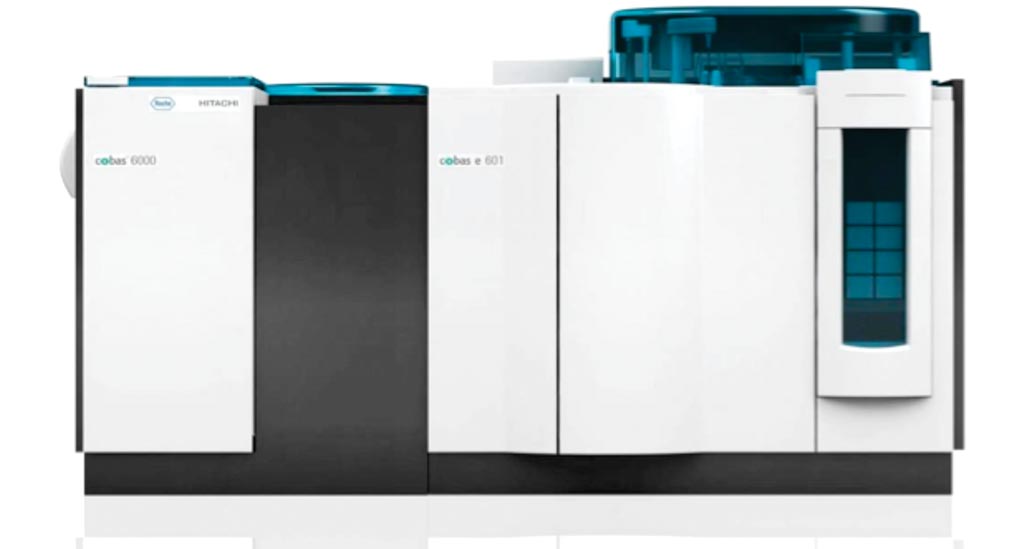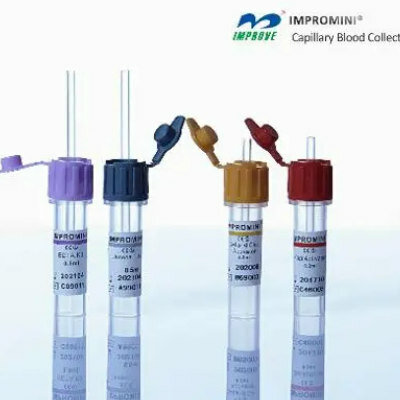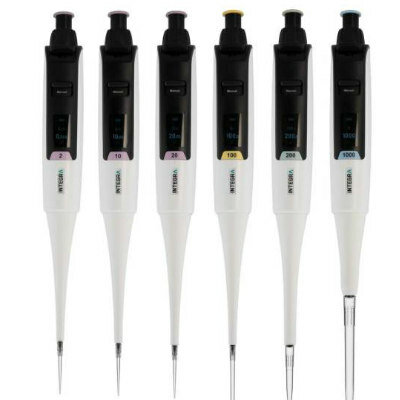Plasma Lactate Measurement Used to Test Variability
By LabMedica International staff writers
Posted on 05 Nov 2018
Clinical laboratories are required to adhere to manufacturers’ recommended sample handling instructions as part of their compliance with accreditation certification. However, manufacturer's recommendations do not always reflect current practice and deviations from recommendations necessitate extensive validation studies.Posted on 05 Nov 2018
Lactate is an intermediary metabolite produced in relatively anaerobic conditions. Measurement of circulating lactate level is useful in assessing tissue perfusion in critically ill patients and in those being suspected of sepsis. It is produced by many cells and circulating levels reflect rate of production and of metabolism by the body.

Image: The Cobas 6000 analyzer series for clinical chemistry and immunochemistry assays (Photo courtesy of Roche Diagnostics).
Laboratory scientists at Parkland Health and Hospital System (Dallas, TX, USA) and their colleagues collected triple blood samples from a total of 123 samples from 51 patients (23 females, 28 males) with age ranging from 23 to 83 (mean 53) years, being investigated for sepsis, hemodynamic and associated metabolic abnormalities and from 50 normal volunteers (37 females, 13 males) with age ranging from 31 to 59 (mean 50) years. One tube was transported on ice (4 °C); the others were maintained at room temperature (23 °C). Tubes stored at 4 °C were processed at 30 minutes from collection. Tubes stored at 23 °C were processed at 15 and at 30 minutes from collection. Lactate levels were measured using Roche Diagnostics Cobas 6000 analyzer.
The team reported that lactate levels in normal subjects ranged from 0.6 to 3.1 mmol/L (median 1.1). Patient lactate levels ranged from 0.8 to 26.3 mmol/L (median 2.2). Bias in lactate levels following extended storage of samples from both normal subjects and patients ranged from −1.3 to 2.2 and from −1.0 to 1.0 mmol/L when stored for 30 minutes at 23 °C or at 4 °C, respectively. The bias between lactate levels at 30 minutes at 23 °C and 4 °C was −1.2 to −0.5 mmol/L for both populations. Although the bias was not statistically significant for all variables, a clinically significant (>0.2 mmol/L) bias was observed in 28% of normal and 7.0% of patient samples.
The authors concluded that achieving full compliance with recommended 15 minutes sample collection and handling time is unlikely to be met by most institutions and will thus impact lactate results. It would be helpful if manufacturers would consider, when developing guidelines on sample stability and on assays performance, constraints often seen in routine clinical practice. The study was published on October 24, 2018, in the journal Practical Laboratory Medicine.
Related Links:
Parkland Health and Hospital System














